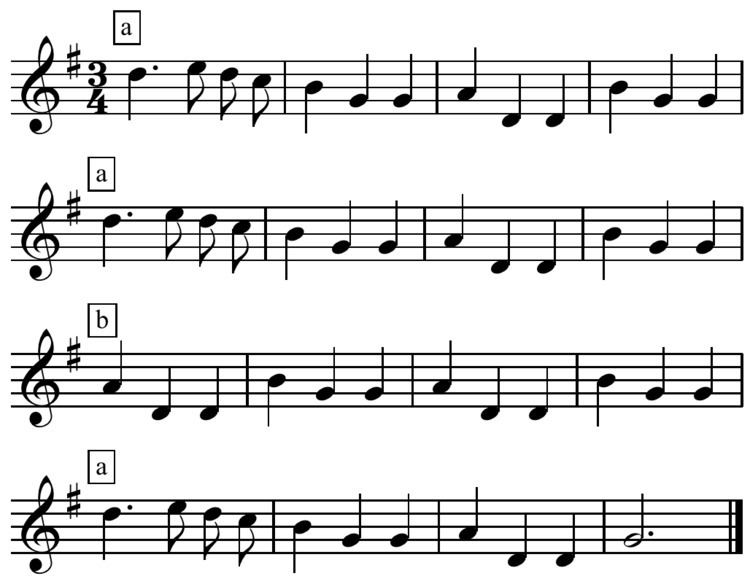 | ||
"Oh du lieber Augustin" ("Oh, you dear Augustin") is a popular Viennese song. It was presumably composed by the balladeer Marx Augustin in 1679, though written documents only date back to about 1800.
Contents
Background
In 1679, Vienna was struck by the Great Plague and Augustin was a ballad singer and bagpiper, who toured the city's inns entertaining people. The Viennese loved Augustin because of his charming humour in bitter times, and they called him "Lieber Augustin" (Dear Augustin).
According to legend, once he was drunk and on his way home he fell in the gutter and went to sleep. He was mistaken for a dead man by the gravediggers patrolling the city for dead bodies. They picked him up and dumped him, along with his bagpipes which they presumed were infected, into a pit filled with bodies of plague victims outside the city walls. Next day when Augustin woke up, he was unable to get out of the deep mass grave. He was shocked and after a while he started to play his bag pipes, because he wanted to die the same way he lived. Finally people heard him and he was rescued from this dreadful place. Luckily he remained healthy despite having slept with the infected dead bodies and Augustin became a symbol of hope for Viennese people.
The story, already rendered by the preacher Abraham a Sancta Clara (1644–1709), lives on in the song, which is still popular in Austria. The tune is nearly identical to that of "Did You Ever See a Lassie?", although "Oh du lieber Augustin" is longer and more melancholy than that song.
Use in other musical works
During the classical era the song was a popular theme for variations. E.g. the composer Paul Wranitzky featured it in orchestral variations, in variations for xylophone, strings, trumpet and drums, and as the trio to the menuetto of his Symphony op 33 no 3. Johann Nepomuk Hummel wrote S 47, WoO 2 - Variations for orchestra on "O du lieber Augustin" in C major. The clarinettist and composer Anton Stadler used it in his first Caprice for solo clarinet.
The tune appears quoted (recognisably, but in a dissonant context) in the midst of the 2nd movement of Arnold Schoenberg's 2nd Quartet, written a month before the height of Schoenberg's marital crisis. An additional significance attaches to the quotation in view of the quartet being the work in which Schoenberg decisively abandons the traditional key-system and embraces consistent atonality.
A Scots song, "Did You Ever See a Lassie?" is set to the same tune:
The melody is also the base for: "The More We Get Together" a traditional American folk song and popular children's song dating to the 18th or 19th century.
The melody is also used in "Fat Turkeys", a children's song sung during the Thanksgiving season in Canada and the USA. Lyrics are:
